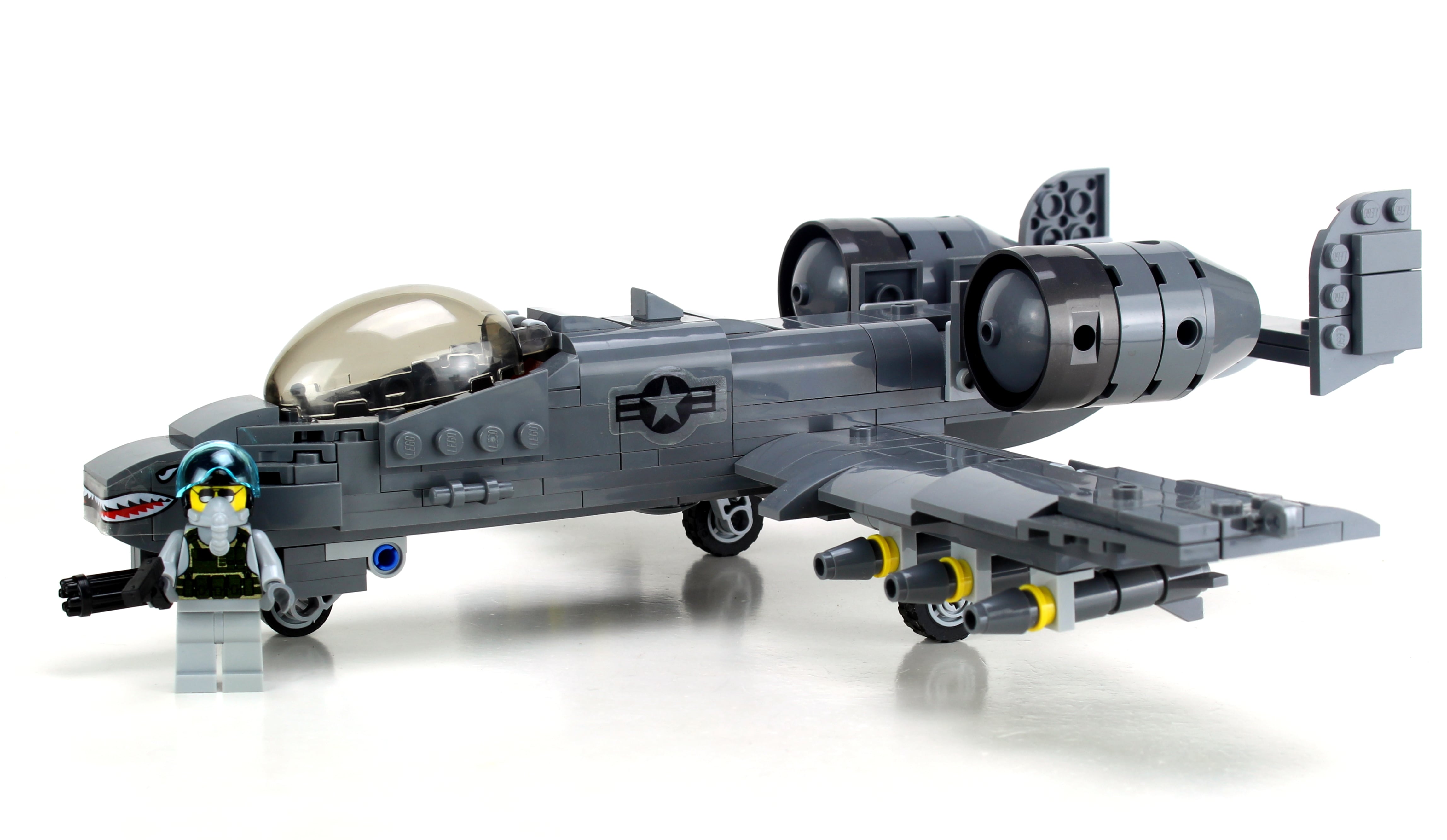Sometimes, nature calls at the same time duty calls.
But what happens to the waste of thousands of sailors who flush aboard Navy ships?
YVMA Productions, a YouTube channel, could bear the mystery no longer, so its camera crews set out to discover the answer for themselves.
“The discharge of sewage that has been produced aboard a carrier is one of the few duties on board a ship that requires the highest attention to detail,” according to the narrator. “The sewage produced on board the ship cannot be held on the ship for an extended time. For this reason it must be discharged into the sea.”
While the ocean is somewhat self-cleansing, the Navy cannot simply dump sailor excrement overboard and carry on with its mission. It must take the time to sanitize its “black water” before returning it to nature.
“Most of the sewage waste produced on an aircraft carrier comes from the toilets’ urinals,” the video continues.
After entering an integrated treatment system, a complex array of filtration and cleaning methods are applied, including the use of a bio-reactor and a sediment tank for processing. Only when the water is sterile is it pumped back into the ocean.
Luckily, processing waste water in this fashion won’t impact anyone’s next trip to the beach.
“The regulations state that the sewage must first be cleansed before it may be discharged into the ocean, and the ship must be located at least four nautical miles away from the closest shore to comply with the regulations.”
But unfortunately, it’s not all smooth sailing.
According to a 2020 Government Accountability Office watchdog report, the sewage system pipes onboard the super carrier Gerald R. Ford were built too narrow to accommodate the amount of daily waste being flushed by crew of more than 4,000.
“Frequent clogging of the system,” which is similar to those used on a commercial airliner, has necessitated unique fixes that include flushing the entire “sewage system on a regular basis” with an acidic substance capable of unclogging, the report found.
The cost per flush? A mere $400,000. What’s worse, the carrier George H. W. Bush, commissioned in 2009, features the same sewage system and is experiencing similar issues.
High demand of sailors using heads throughout the mammoth ships, coupled with soaring costs and extensive hours devoted to unexpected maintenance, has raised doubts about whether the oft-congested plumbing is even sustainable.
Talk about a crapshoot.
Sarah Sicard is a Senior Editor with Military Times. She previously served as the Digitial Editor of Military Times and the Army Times Editor. Other work can be found at National Defense Magazine, Task & Purpose, and Defense News.
J.D. Simkins is the executive editor of Military Times and Defense News, and a Marine Corps veteran of the Iraq War.
In Other News















